The James Webb space telescope has reached its final destination in space. The successor to the Hubble space telescope, it will peer through space to a past era of the universe that we have yet to observe. The light reaching the Webb will have travelled for more than thirteen billion years, bringing with it evidence from the birth of the very first stars, black holes and galaxies. What we will discover might rewrite the history of the Universe as we know it, writes Emma Curtis Lake.
The James Webb telescope is the largest one ever to be launched into space. 25 years in the making, thousands of people have contributed to a project that has produced a telescope larger than its launch vehicle, heralding a new era for space missions.
Webb will be able to peer through the dust-enshrouded clouds that surround a star’s birth, thus being able to see new stars; it will be able to analyse the light coming from the atmospheres of other planets; it will view galaxies as they developed over time; and, last but not least, the Webb telescope will probe the early stages of our Universe, a time so deep in the past that its predecessor, the Hubble telescope, wasn’t able to reach. It can do all of these things because Webb can detect light with wavelengths much longer than our eyes can see, in the infrared side of the spectrum. We can't be sure of what Webb will reveal, but it has the potential to rewrite the early parts of the history of the Universe.
But how can we probe the early universe, the past, with a telescope? It relies on the simple, but not obvious fact: light travels at a finite speed. It takes approximately 7 minutes for light to travel from the sun to the Earth which means that we see the sun as it was 7 minutes ago. Light takes just over 4.2 years to travel from our closest neighbouring star. The distances in space start to get literally astronomical pretty quickly, but peering into the distant depths of the Universe also enables us to peek into its past. Thanks to Edwin Hubble, we’ve known for nearly 100 years that the further away something is, the faster it’s moving away from us as the Universe expands. That does something else to the light. It stretches it out, shifting visible light to longer wavelengths: red-shifting it. By measuring the amount the light has shifted by (the redshift), we have a measurement of its distance.
___
We’ve known for nearly 100 years that the further away something is, the faster it’s moving away from us as the Universe expands. That does something else to the light. It stretches it out, shifting visible light to longer wavelengths: red-shifting it.
___







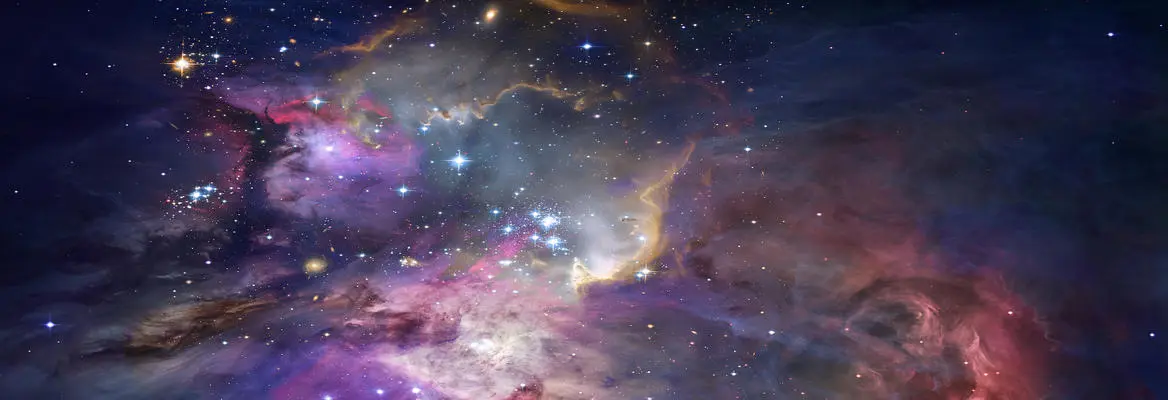


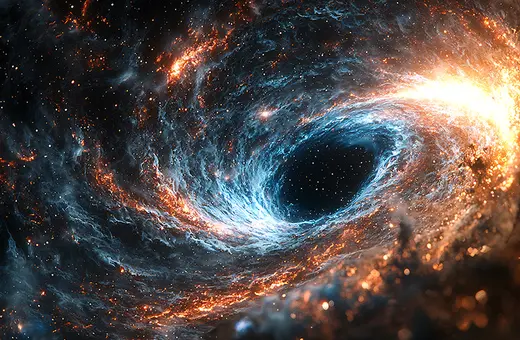


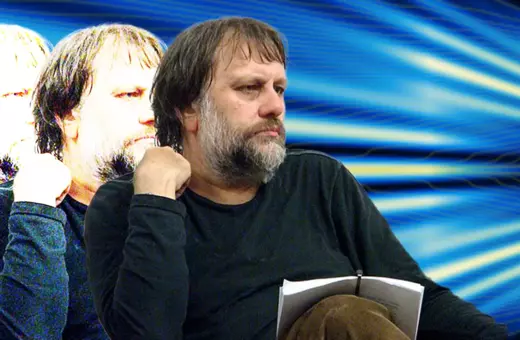

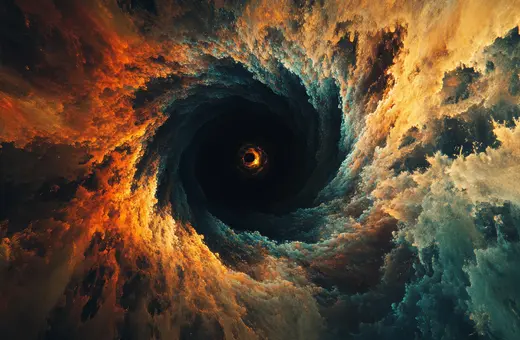

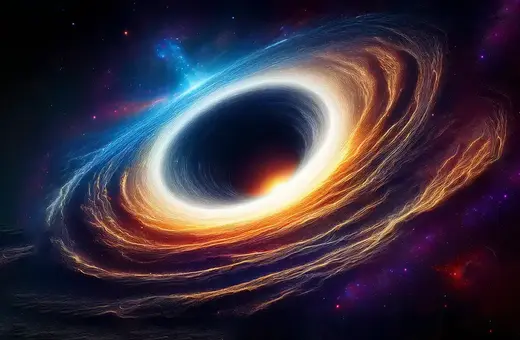
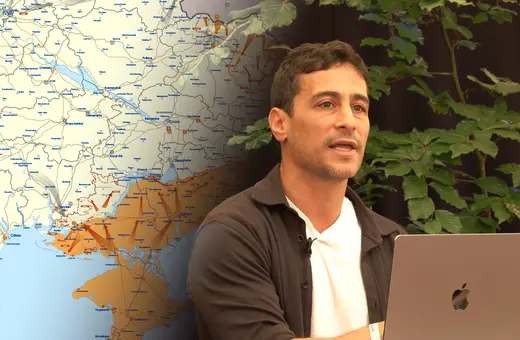
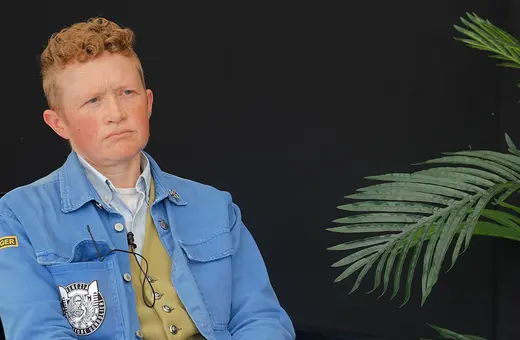
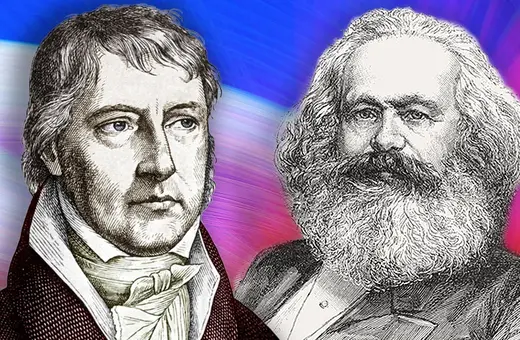
Join the conversation